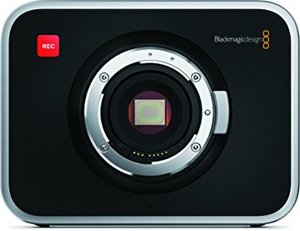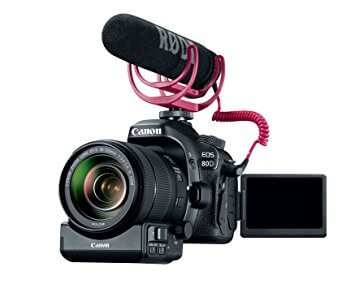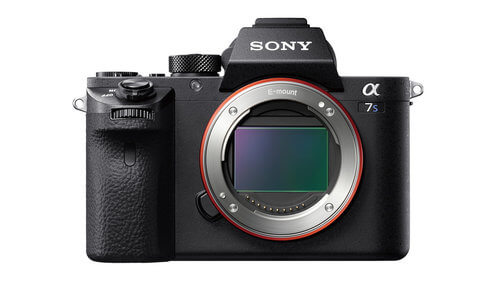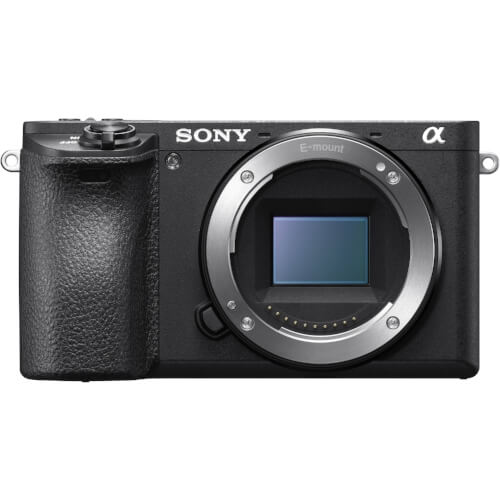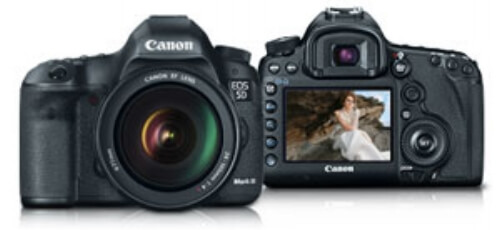Review of the Magic Behind the Blackmagic Cinema Camera
As part of our series on affordable compact cameras, we take a look at the Blackmagic Cinema Camera.
A clearly revolutionary device, the Blackmagic Design Cinema Camera is a perfect post-DSLR camera. The size and touch screen functionality of the camera is worth appreciating. The best part about this camera is it introduces itself from distance.
Check pricing and availability here.
It features a super image sensor of 35 mm size. Along with, it includes a global shutter and a canon EF lens mount. Capable of recording ultra HD 4K videos and 1080 p videos, the camera can expose for 12 stops of dynamic range.
The revolutionary camera combines the broad dynamic range and color depth of expensive range.
Let us have a look on the technical aspects of the camera.
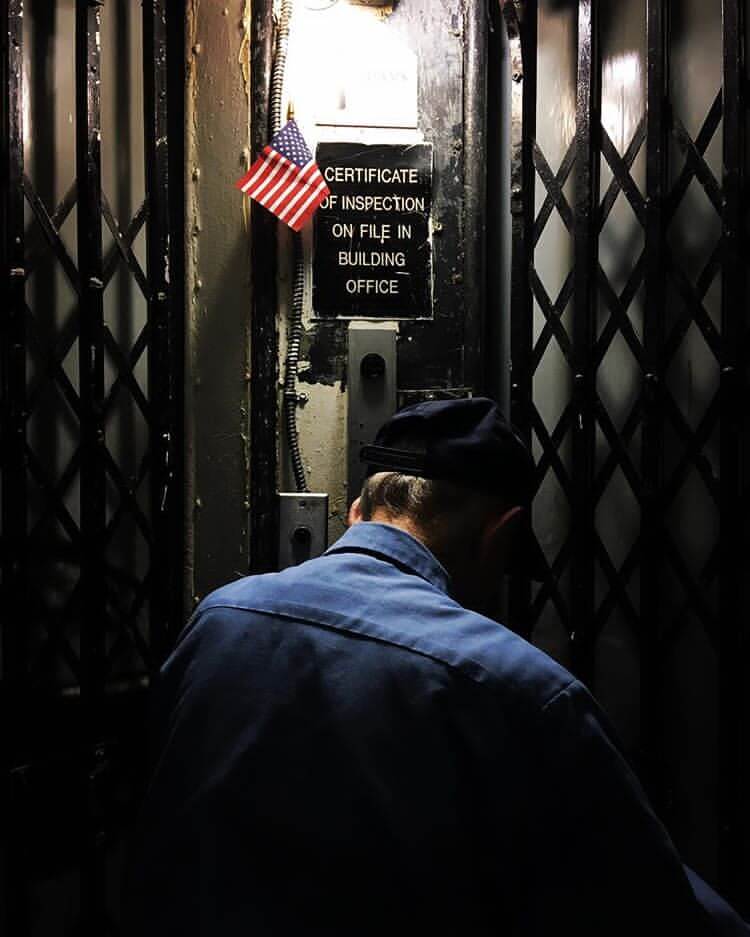
Taken by Philipp Stuvecke during a location shoot for his upcoming short film.
Build and Design of the Blackmagic Cinema Camera
Blackmagic design cinema camera is a well-engineered device. The outer body of the camera is made from solid aluminum. It weighs 3.75 lb and it is quite awkward to hold it for too long. When you hold the camera, your thumb hovers naturally over two buttons.
These two buttons are iris and Focus peaking which is two frequently used buttons. The size of the LCD screen is 5-inch and you can easily use buttons for recording, transport, menu and power. This one large red button on the front is for recording. The front, back and one side of the camera are covered with dense rubber so that it does not get dirty with field usage.
Shooting in the RAW with the Blackmagic
Most of the functions of Blackmagic design cinema camera can be accessed through touch screen display. The touch screen of the camera is highly responsive and you can enter basic metadata, ISO and select your preferred recording and display it in few minutes.
The sensor of this camera is less than full frame and it uses image circles that are projected by EF mount lenses. When shooting on RAW, You can convert the files to 2.5k ProRes 422 for remainder post-production.
Cinematography Field Notes
There is this important point about the SSD of this camera. It is too small to store much pictures. The “no space” indicator flashes when the SSD is approaching is full capacity and you can do nothing much with it.
The battery is non-interchangeable and can keep it powered up for several hours. The iris control of the camera is too good. You can get a quick 1:1 zoom by double tapping on the touch screen. The peaking feature of the camera is not noticeable at 1600 ISO.
Rethinking workflow
f you to get best out of this camera try to rework the way you shoot and edit in the past. It gives you images that are quite similar to the actual workflow. You will need an external SATA to convert files from camera’s SSD to your PC.
Blackmagic Cinema Camera vs. Sony a6500
Here at 2Bridges our go-to camera is the Sony a6500, as it’s lite, affordable and compact for our corporate video production services.
How does the versatile a6500/6300 compare with the Blackmagic?
We delve into the details —
1) Sensor size
The Blackmagic model has a smaller sensor size than the a6500 with its sensor dimensions measured at 12.48 by 7.02mm compared to Sony’s 23.5 by 15.6 mm. While the former still produces images of commendable quality, the a6500 tends to produce much higher quality stills because of its significantly larger sensor that results in a higher resolution.
A large sensor means larger pixels spread out through the entire frame hence the improved image quality.
The sensor size differences also mean that the a6500 comes out on top in low-light conditions as the large sensor directly correlates to performance in this regard.
However, the smaller sensor also has its advantages such as a large field depth which makes the camera perfect for run and gun’ situations as you don’t waste time focus and selecting lenses as opposed to the a6500 that is more suited to slower paced shooting e.g. filming a documentary.
2) Body architecture
The two cameras adopt similar rectangular body shapes that differ in width by only 8 mm and in thickness by 15mm with the Blackmagic camera being about 98 g lighter than its competitor though both are extremely portable.
While the weight differences are almost negligible, an alarming feature is missing for the black magic: it is not weather sealed.
This absence means that the camera’s Achilles heel is harsh weather conditions which is not the case with the a6500 that can be used in almost any kind of environment as it has protection features against the elements.
3) Touchscreen
In an age where most cameras have a touch navigation interface, it is alarming to note that Blackmagic relies on manual controls for its operation which tends to be quite cumbersome. The Sony a6500, on the other hand, is easy to use because it comes equipped with a touchscreen that contains most of the camera’s vital navigation controls.
This touch screen is embedded with much more functionality and is quite handy for playbacks. For Blackmagic though, the absence of a touchscreen makes the camera more robust and durable in the long run.
4) In-body focus motor
Blackmagic once again comes up short as it doesn’t have an in-body focus motor compared to the a6500 that has a built-in motor. The presence of this mechanism in the latter means that this camera is compatible with a wide range of lenses even with those varieties that do not come with their own focus motor.
On the flip side, an inbuilt motor tends to be quite noisy and slower in certain cases and hence the Blackmagic camera tends to have faster autofocus and quieter operation as a result of not having it.
5) Megapixel count
The Blackmagic cinema camera has a 2.08 MP count while the a6500 has about 11.63x more megapixels with its MP rating specified at 24.2 MP. While a higher megapixel count doesn’t always mean better image quality all the time, in this case, image quality is better because the a6500 also has a larger sensor than its competitor.
It, therefore, produces stills of better clarity and quality that can be easily cropped to make a smaller element in the backdrop the subject without a drop in quality. The Blackmagic model though tends to produce blurry images after cropping a particular object.
6) Remote control functionality
It’s a rare win for the Blackmagic as it has a remote control feature which the a6500 does not. This capability that allows you to operate the camera from afar making it perfect for shooting in those hard-to-reach areas where you cannot be constantly present all the time e.g. when filming wildlife or certain kinds of sports.
7) Video recording
While the fps rating of both models is tied at 30, the a6500 has better video resolution hence can provide a recording of better clarity. It can produce videos of resolutions up to 2160 by 30 fps while the Blackmagic model reaches a high of 1080 by 30.
8) Autofocus
When it comes to autofocus, the a6500 relies on a phase detection autofocus system while the other model is based upon a contrast detection feature. The former is therefore adept at shooting fast-paced scenes with many moving objects because the video quality will still be top-notch.
The same cannot be said for Blackmagic that struggles filming high-movement scenes.
9) Viewfinder
Blackmagic uses an optical viewfinder while the a6500 uses an electronic one. OVF has a few important benefits such as action view without the delay synonymous with EVF and better dynamic range. Meanwhile, EVF tends to depict the whole image almost in its entirety and has a digital zoom that makes focusing simple and easy.
What’s more, an EVF is more compact and doesn’t experience momentary blocks while shooting stills like is the case with Blackmagic and other cameras incorporating an OVF.
10) CMOS sensor
These days CMOS sensors are slowly running CCD sensors into extinction as more and more cameras opt to use this technology. The Sony a6500 is one such camera that employs this sensor which not only produces better image quality than CCD but also uses lower power in comparison.
What’s more, the sensors are quite intact and very affordable. The Blackmagic cinema camera is among the camera’s that use CCD lenses which tend to be more expensive in the long haul.
11) Backside illuminated sensor and flash
Once again the a6500 is victorious in the specs arena as it rocks a BSI sensor while its compatriot does not. This sensor is important as it improves the operation of a camera under conditions of low light. Also worth noting is the absence of flash capability in the Blackmagic camera which again undermines its low-light performance.
The Blackmagic cinema camera vs Sony a6500 battle turns out to be quite one-sided with the latter having the upper hand in almost all the specs comparisons.
However, the former is also a noteworthy camera in certain aspects and depending on what you’re looking for and your preference, you might find either model appealing to your photography taste buds.
Conclusion
Blackmagic design cinema camera provides breakthrough image quality and that is why it is termed as revolutionary. The affordable prices of this camera suits best for the highest possible quality image. If you are willing to do some serious efforts in the field of photography, you owe this camera to you.
2Bridges Productions Copyright © 2017. Address: 25 Monroe St, New York, NY 10002. Phone: 516-659-7074 – All Rights Reserved.
We are a participant in the Amazon Services LLC Associates Program, an affiliate advertising program designed to provide a means for us to earn fees by linking to Amazon.com and affiliated sites.

